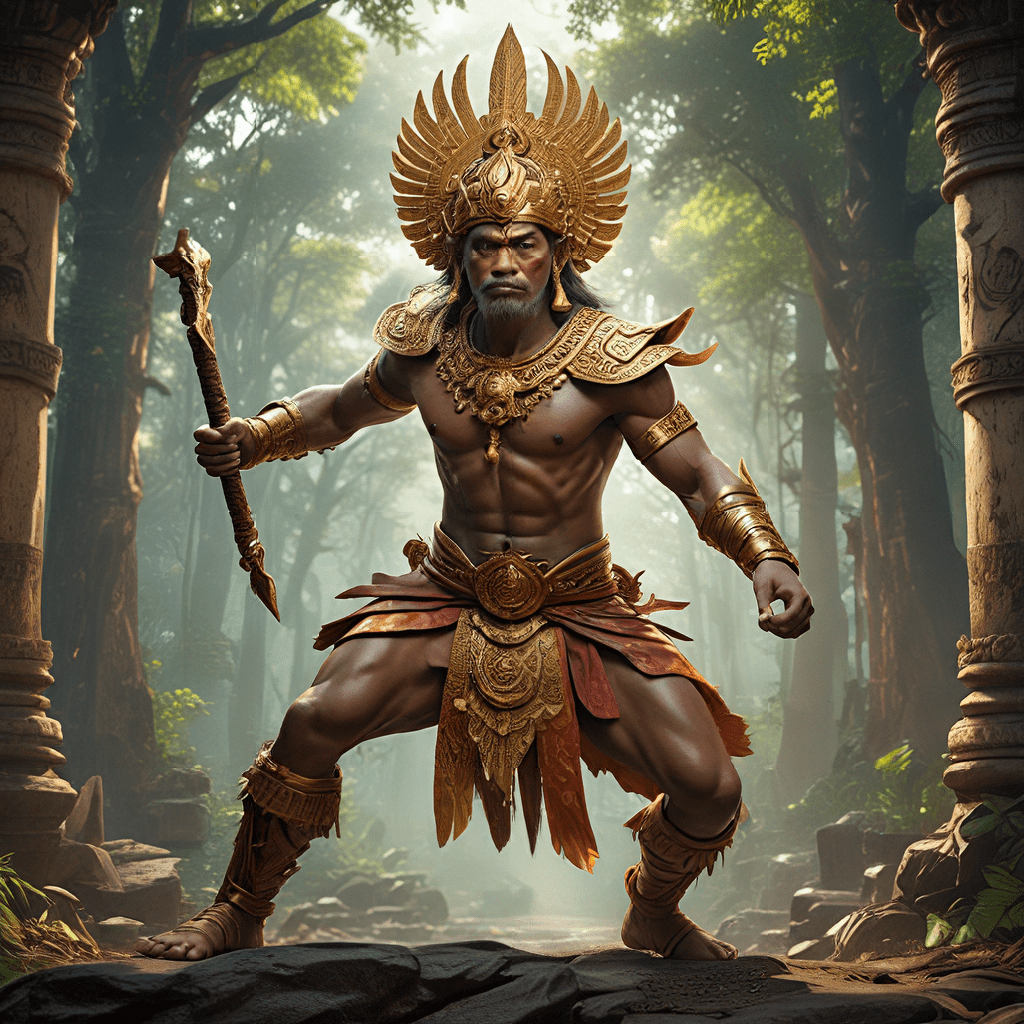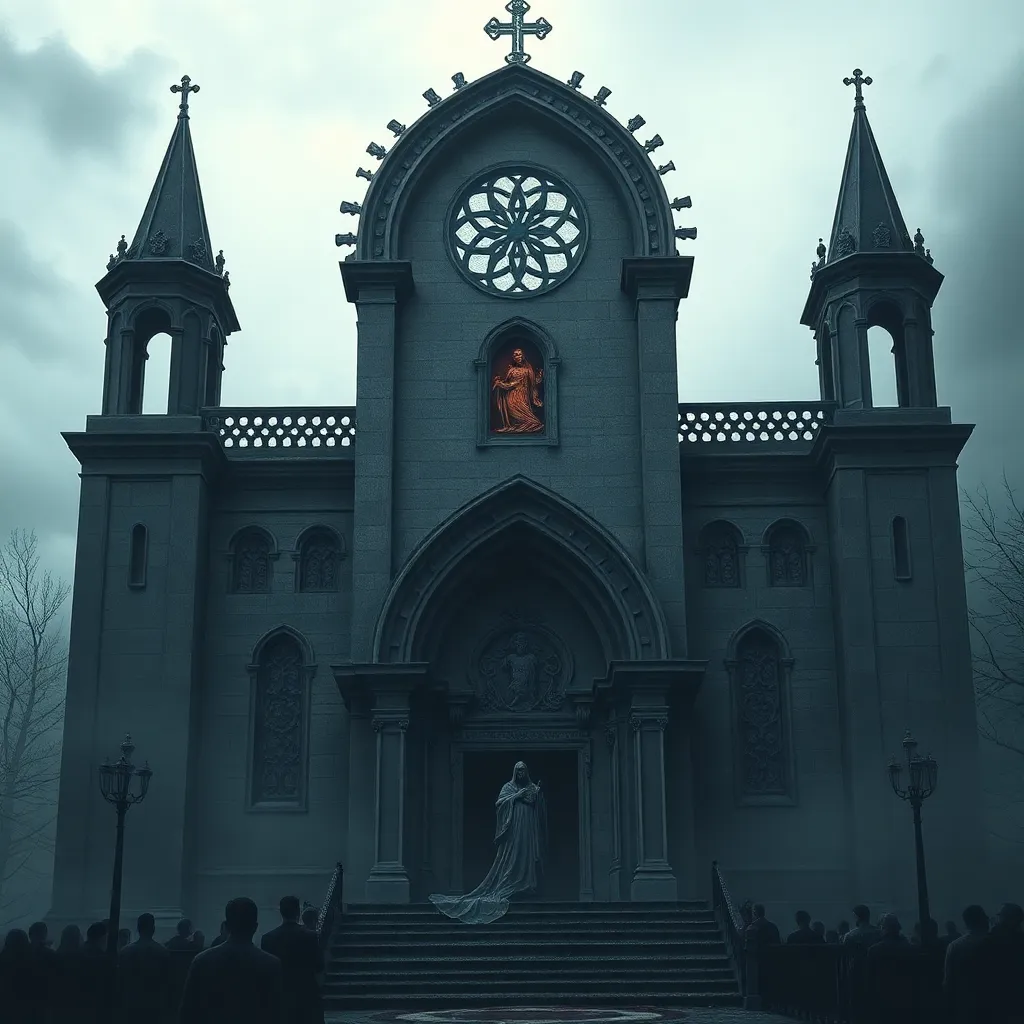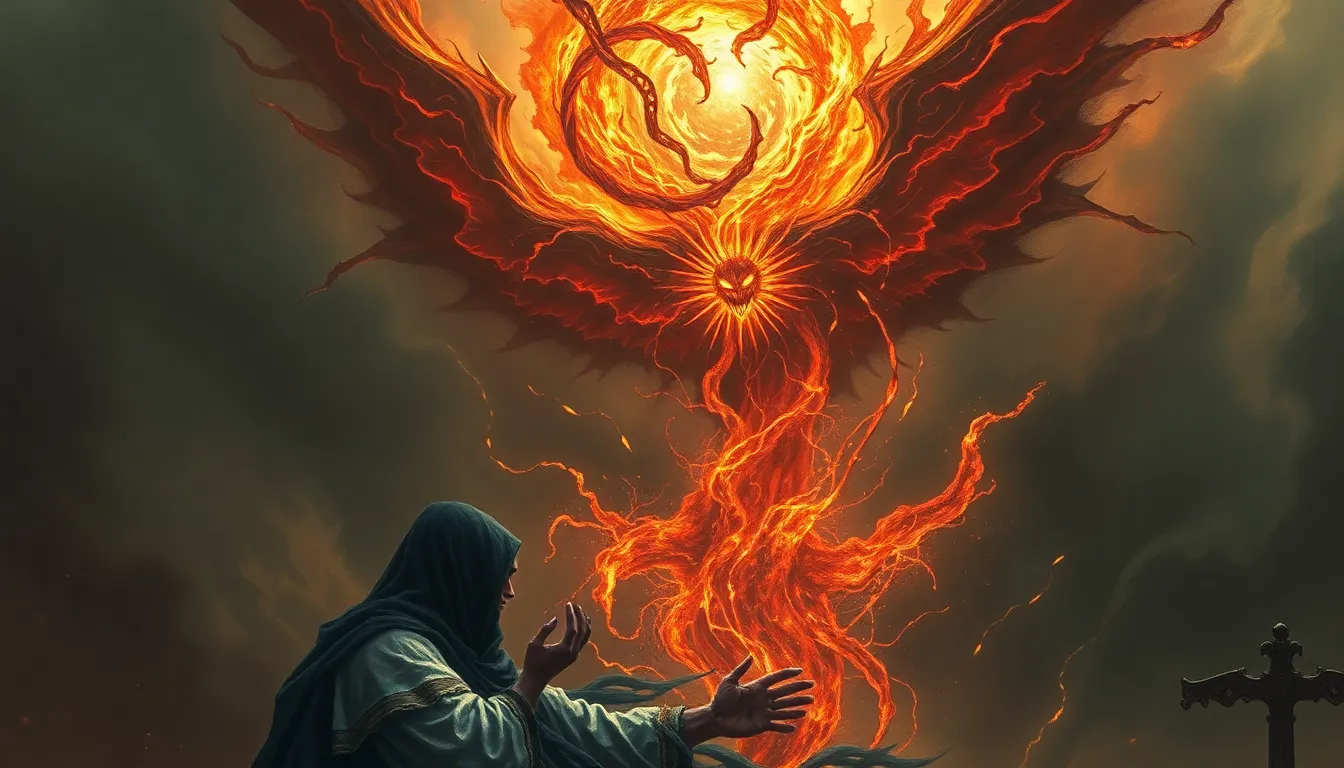Indonesian Mythology: Tales of Bravery and Courage
Indonesia, a nation of diverse cultures and rich traditions, boasts a fascinating tapestry of mythology. From the legendary heroes of ancient Java to the mystical creatures of the rainforests, Indonesian myths offer a window into the beliefs, values, and aspirations of its people. These stories, passed down through generations, are more than just entertaining tales; they are the heart and soul of Indonesian culture, shaping its identity and providing a foundation for its spiritual life.
The Rich Tapestry of Indonesian Mythology
Indonesian mythology encompasses a vast collection of stories, legends, and folktales, each reflecting the unique beliefs and practices of different regions and ethnic groups across the archipelago. These myths are often interwoven with local customs, rituals, and natural phenomena, showcasing a deep connection between humans and the environment. From the awe-inspiring mountains and volcanic landscapes to the vibrant coral reefs and lush jungles, the natural world serves as a source of inspiration for many Indonesian myths.
The Spiritual and Cultural Significance of Indonesian Myths
Beyond their entertainment value, Indonesian myths hold profound spiritual and cultural significance. They provide a framework for understanding the universe, the human condition, and the relationship between humans and the supernatural. They offer insights into moral values, social norms, and ethical behavior, serving as guides for individual conduct and community harmony. Myths also play a vital role in preserving and transmitting cultural heritage, ensuring that the traditions and knowledge of ancestors are passed down to future generations.
The Role of Mythological Figures in Indonesian Society
Mythological figures occupy a prominent role in Indonesian society, often serving as models of ideal behavior or embodying specific virtues. These figures, often gods, demigods, and heroes, embody courage, strength, wisdom, compassion, and other desirable qualities. They are venerated in rituals, invoked in prayers, and immortalized in art, literature, and performance. The stories of these figures serve as powerful tools for teaching lessons about morality, social responsibility, and the importance of upholding cultural values.
Tales of Bravery and Courage: Exploring the Archetype
Courage is a central theme in Indonesian mythology, with many stories centered around heroic figures who demonstrate bravery, resilience, and determination in the face of adversity. These tales celebrate the human spirit's ability to overcome challenges, triumph over evil, and protect the innocent. They often involve conflicts with supernatural beings, mythical creatures, or rival kingdoms, presenting the hero as a champion of justice and a protector of the community.
The Story of Gatotkaca: A Symbol of Unwavering Strength
One of the most revered heroes in Javanese mythology is Gatotkaca, a demigod known for his immense strength and unyielding courage. Born from the union of the Pandava hero Bhima and the princess Arimbi, Gatotkaca possessed supernatural abilities that made him a formidable warrior. His body was said to be impervious to most weapons, and he could transform into a giant, capable of shaking the earth with his steps.
Gatotkaca's bravery was tested during the epic war of the Mahabharata, where he fought alongside the Pandavas against their wicked cousins, the Kauravas. He faced numerous challenges, including battling formidable foes like the mighty warrior Karna and the cruel sorcerer Duryodhana. Despite facing overwhelming odds, Gatotkaca never faltered, always standing firm against injustice and protecting the weak. He became a symbol of unwavering strength and selfless dedication to his cause. Even when he met his tragic end, pierced by a shower of arrows, his heroism continued to inspire generations of Indonesians.
The Journey of Arjuna: Embracing Courage and Inner Strength
Arjuna, another prominent figure from the Mahabharata, is celebrated for his skill as an archer and his unwavering courage. Arjuna was one of the five Pandava brothers, renowned for his wisdom, discipline, and mastery of warfare. His journey in the epic tale is marked by trials and tribulations, forcing him to confront internal conflicts and develop his inner strength.
One of Arjuna's most significant challenges involved resisting temptation. He was seduced by the celestial nymph Urvashi, who took the form of a beautiful woman and offered him her love. Despite her alluring charms, Arjuna remained steadfast in his commitment to his dharma (duty), ultimately overcoming the temptation and emerging stronger. His journey teaches a valuable lesson about the importance of self-control and the need to balance personal desires with one’s responsibilities.
The Battle of Kurusetra: A Metaphor for the Struggle Between Good and Evil
The Battle of Kurusetra, a pivotal conflict depicted in the Mahabharata, serves as a powerful metaphor for the eternal struggle between good and evil. It portrays a clash between the righteous Pandava brothers and the wicked Kauravas, led by the cunning and manipulative Duryodhana. The epic battle, fought on the plains of Kurukshetra, symbolizes the ongoing battle within humanity between virtue and vice, righteousness and injustice.
The Mahabharata emphasizes the importance of choosing the right path, even when faced with difficult choices and immense pressure. It highlights the consequences of greed, envy, and lust for power, while also showcasing the rewards of courage, compassion, and unwavering dedication to truth and justice. The epic battle serves as a timeless reminder of the need to fight for what is right, even in the face of overwhelming odds.
The Myth of the “Ratu Adil”: The Promise of a Just Ruler
Across the islands of Indonesia, a powerful myth weaves its way through various cultures and traditions: the myth of the "Ratu Adil" (the Just Ruler). This legend speaks of a prophetic figure, a righteous leader destined to emerge in times of great need, to restore justice and prosperity to the land.
The "Ratu Adil" is not just a mythical figure; the legend embodies a deep-seated hope for a just and compassionate ruler. It speaks to a yearning for an end to oppression, an end to injustice, and a return to a time when truth and righteousness prevail. The myth is a reminder that even in the darkest of times, hope and faith can endure, and the promise of a better future can inspire bravery and resilience.
The Influence of Indonesian Mythology on Modern Culture
Indonesian mythology continues to exert a strong influence on modern culture, shaping artistic expressions, literary works, and even everyday life.
From the iconic wayang kulit puppets, which depict scenes from the Mahabharata and the Ramayana, to the dance dramas that bring ancient myths to life, Indonesian art forms embody the spirit of these ancient tales. The stories of heroes like Gatotkaca and Arjuna are ingrained in the collective consciousness of the Indonesian people, serving as inspirational figures in literature, film, and popular culture. Even in modern settings, elements of myth and folklore continue to appear in everyday language, customs, and traditions, highlighting the enduring relevance of these ancient beliefs.
Theories on the Origins and Development of Indonesian Mythology
Scholars have proposed various theories to explain the origins and development of Indonesian mythology. One prominent theory posits that the myths originated from animistic beliefs, where spirits and supernatural forces were believed to inhabit the natural world. This belief system is reflected in numerous myths that involve encounters with mythical creatures, spirits, and deities associated with natural elements like mountains, rivers, and forests.
Another theory suggests that the development of Indonesian mythology was influenced by the arrival of Hinduism and Buddhism, which introduced new deities, tales, and concepts. The stories of the Ramayana and the Mahabharata, epic poems originating from India, found a fertile ground in Indonesia, where they were adapted and integrated into the existing indigenous belief systems.
While these theories provide insights into the origins and influences on Indonesian mythology, it is important to acknowledge the ongoing dynamic nature of this cultural tradition. Over time, myths have been continually reinterpreted and reshaped to reflect changing societal values and beliefs. The rich tapestry of Indonesian mythology continues to evolve, adapting to new realities while preserving its core essence.


